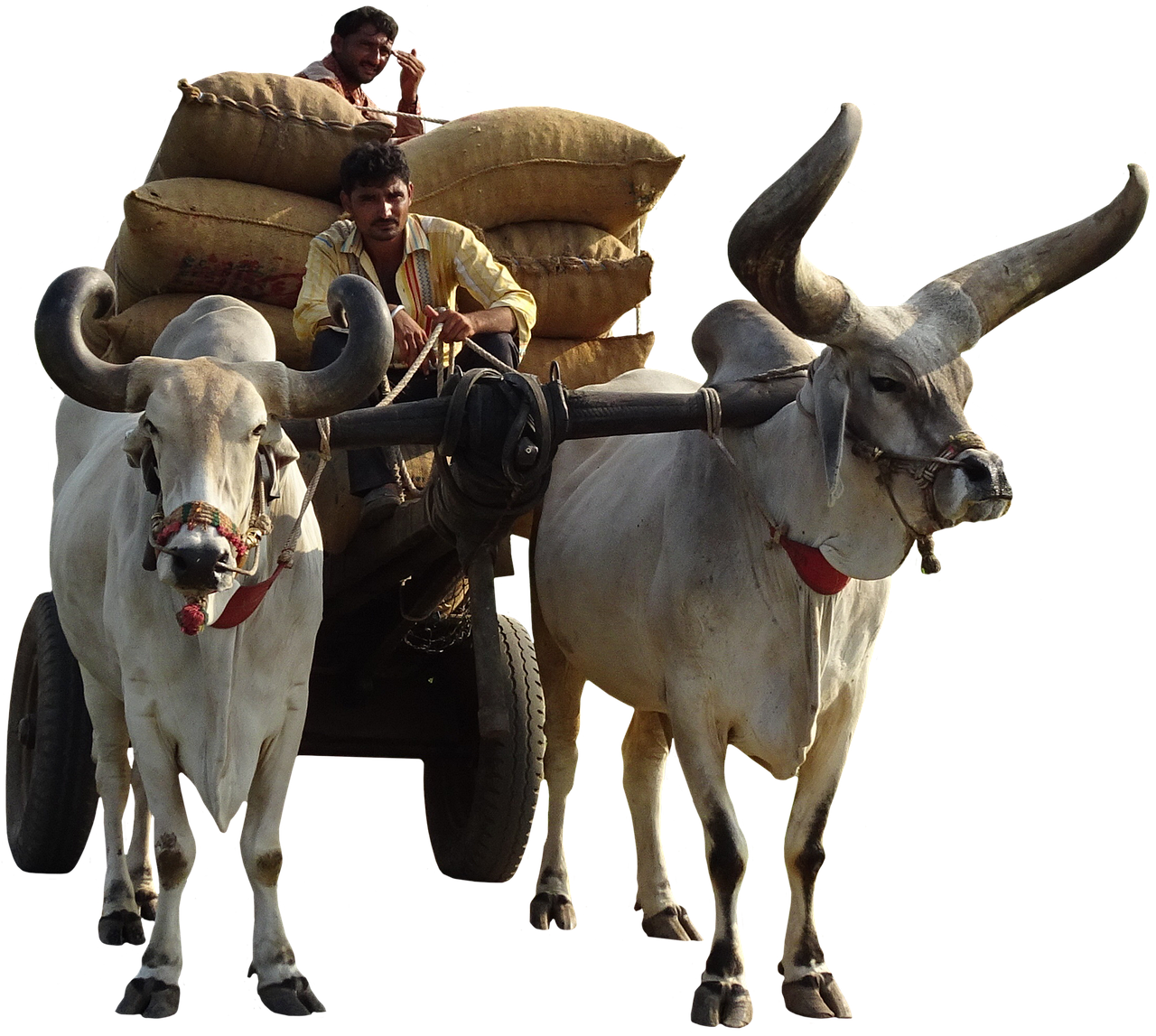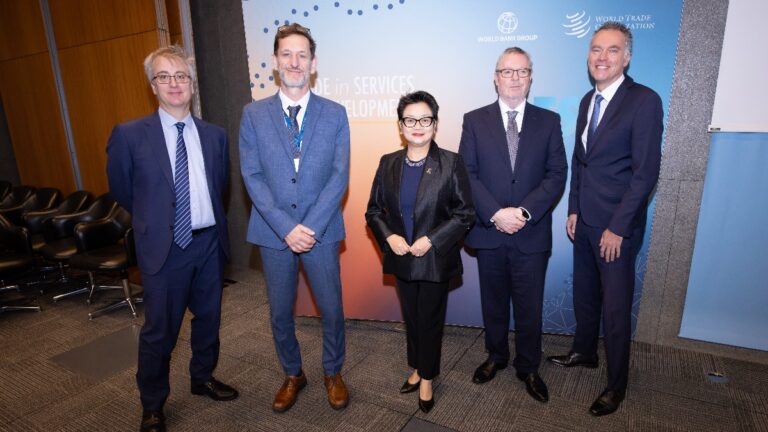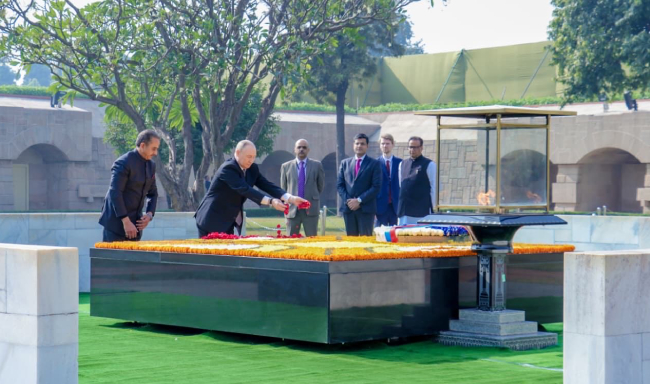
If there is a solution that provides higher net profit to farmers rather than a minimum support price (MSP), it will be a win-win one for farmers, government and consumers.
Amid fears that seasonal changes could have a major impact on global food production and distribution, getting farmers a fair price for their hard-earned produce will keep them interested in farming. The minimum support price looks simple, so it has high expectations from farmers.
However, the main reason for the government’s reluctance to yield to the farmers’ demand over the support price is because of the heavy financial burden and practical difficulties.
For the last 23 years, Mission IT-Rural, a team of ICT experts from Tamil Nadu, have been trying to implement a holistic, sustainable, proven ICT-driven farming solution at the village level to provide services to farmers from planning to marketing and support them. This has been in association with the government on the Public Private Partnership (PPP) model, to achieve the main goals of local water resource management, better quality, high yield, fair price, and ease the difficulty in doing agriculture.
Based on the pilot project carried out in Puli Vendula Mandal, Kadapa District, Andhra Pradesh and Farmers Facilitation Center, implemented in Veppankulam Village, Kallal Block, Sivaganga District, in association with the Government of Tamil Nadu from 2021 to 2022, Mission IT-Rural proposes the solution for Minimum Support Price issues.
Between a Minimum Support Price or Higher Net Profit, farmers would prefer a higher net profit. A solution to provide higher net profit to farmers would be a win-win solution for all stakeholders. The solution is comprised of parameters such as improvement of village water resources, adoption of good cultivation practices to increase yield and quality, measures to reduce the cost of production, and fair price for farm produce.
The government seems working towards that goal. Still, farming issues persist in one form or another. The major reasons are:
- Absence of a system to guide the farmers in the way of production according to demand – lack of live crop variety production data. The absence of the facility and practice of registering the information of the crop variety that the farmers have started growing at the village level as online information on that day. We see that when there is adequate production, the market provides the right price to the farmers. Farmers are satisfied. Farmers are affected by falling prices during high production and consumers due to rising prices during low production. Therefore, the basic solution to agricultural problems lies in developing a method by which farmers can choose crop varieties according to the nature of their land as well as based on the up-to-date crop variety-wise area sown data (live crop variety production data). This would pave the way for the feature of production-based demand so that markets pay farmers fair prices and government intervention might be minimal.
- The present structure has Assistant Agricultural Officers, from Block/ Mandal level, managing a certain number of villages. As agriculture is a highly seasonal business, the needs of the farmers are to be met within a short period. The current framework is unable to cope with it. It has a major impact on quality and yield. It affected small and marginal farmers more. As the country has more than 75 per cent of small and marginal farmers, the problems are magnified. (By making small and marginal farmers do agriculture successfully, the burden on the government will be reduced on important aspects such as their family food security and income.)
- Most farmers (especially small and marginal farmers due to their small quantity of produce) are not able to make good use of government e-markets where they can sell directly because the agricultural products are high touch, feel and quality checked before being purchased. A multi-layered intermediary system becomes inevitable in the current environment.
Suggested Solutions
- Infrastructure expansion: Extending infrastructure from Block/ Mandal level to village level. Setting up an Information Technology-based Farmer Help Centre/Agricultural Management Center in every Panchayat with the power of ICT in Public Private Partnership mode. Infrastructure (office, computer, projector, rain gauge, etc.) is owned by the Government. The selected private organization hires and pays two employees per centre and provides services to the farmers from planning to marketing as per the government guidelines. The centre records day-wise crop details that the farmers have started growing in the village as online data, daily temperature and rainfall information. It will carry out functions such as registration for government schemes, and act as a bridge between agricultural government officials and farmers.
- Data aggregation and produce aggregation: This is the key to addressing small and marginal farmers’ concerns. Since the information of farmers is recorded at the village level, the people working in the centre are in direct contact with the farmers. As the quality is verified and ensured, the farm produce of the farmers can be aggregated according to quality and sent to the buyers (Government, Mandis, Private companies, Individuals). Selling and buying prices are transparent. The agency that guides farmers in planning, and is involved in the marketing process increases the trust of buyers significantly. In addition, they get the satisfaction that their money helps to increase the income of the farmers.
- The model is a subscription-free plan and knowledge-related services at no cost to farmers.
- Earnings of revenue by private organizations are based on fees determined by the government for money-related transactions, advertisements, G2C Services etc.
- The selection of employees working at the centre might be from nearby areas rather than local people. This will help all the farmers go to the centres in their villages without any hesitation and avail of the services.
- The working hours of the centre should be in the morning and evening for the convenience of the farmers.
- Agriculture-related apps, websites, digital money transactions etc. can be utilized even by the simple farmer with the help of these centers.
- The private organization of the area pays their workers for the project so will try to sell the produce of farmers with utmost care and enthusiasm.
- This approach leads to continuous maximum efficiency as the government can cancel the license of the company in case of agreement violation and the companies could sack the employees if not performing well. This project will set a good example in the public-private partnership approach.
The scheme can facilitate the government in better management of important aspects like crop loan recovery, control of food inflation, maintenance of agricultural export-import ratio, safeguarding of food security and quality of the country, crop credit, and increase in crop insurance.
*The writer was a programme coordinator (2021-23) of Mission IT-Rural, Farmers Assistance Centre at Veppankulam in Sivagangai District. Views expressed are personal.






